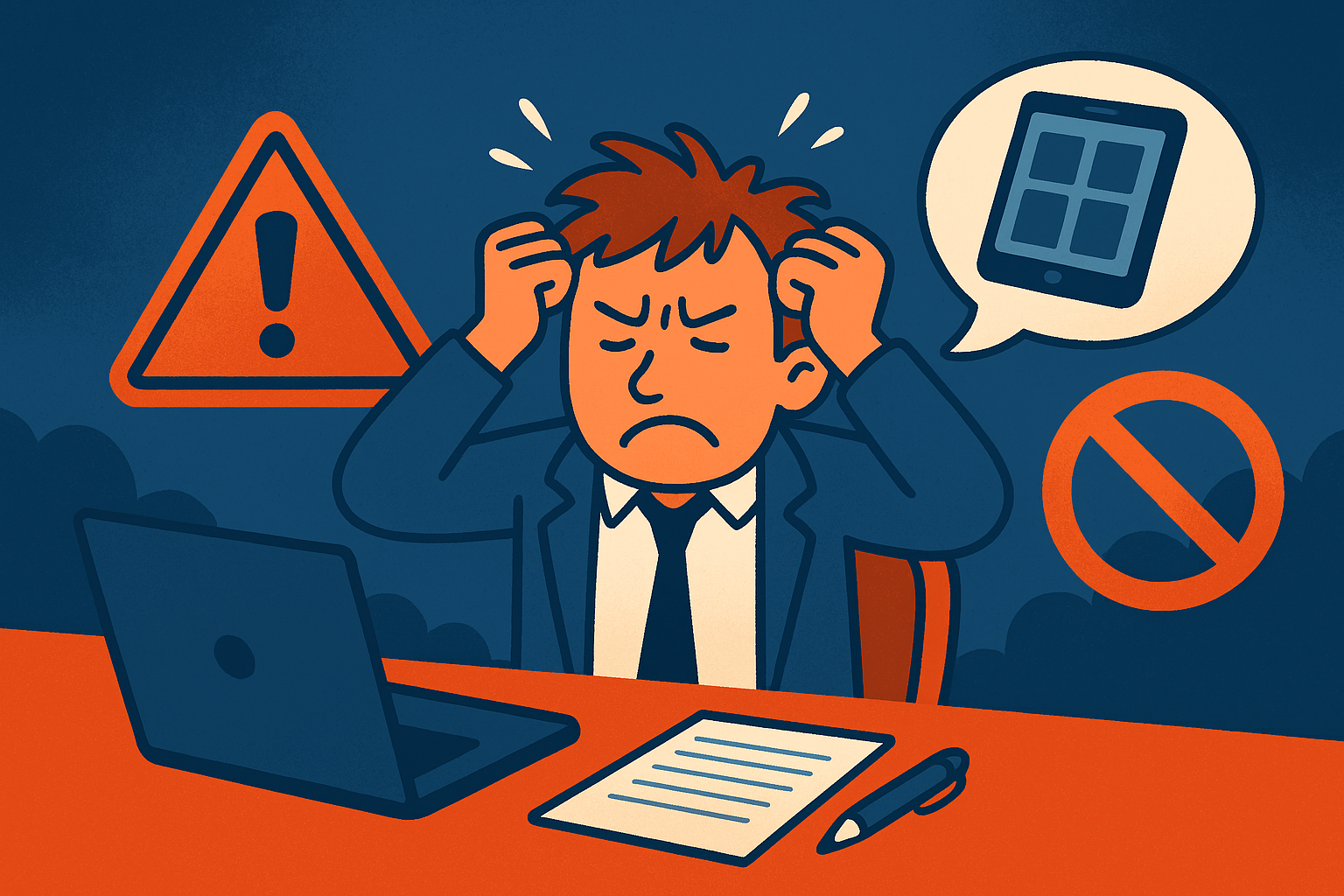Embracing Change Without Losing Ground: Overcoming Technology Fears in UK Audit Practices
The pressure to innovate is palpable in today’s audit landscape, yet for many partners – particularly those in well-established UK firms – the real challenge is not a shortage of technological options, but managing the fear that comes with adopting them. These concerns are far from trivial: shrinking margins, the commoditisation of traditional audit services, and the potential alienation of existing client bases all weigh heavily on partners who have devoted decades to building their practice. Ultimately, the conversation around technology transformation in audit is as much about addressing these anxieties as it is about selecting the right tech tools.
The Hidden Cost of Fear
While some observers attribute resistance to technology as mere conservatism or complacency, the truth is more nuanced. Many partners feel genuine apprehension that adopting advanced automation or offshoring solutions will upend the conventional models they have spent their careers refining. In a competitive marketplace, where low-cost audit solutions are becoming increasingly common, the spectre of eroded margins is enough to make any partner cautious. Yet, this caution (which is often rooted in protecting the firm’s legacy), can inadvertently hold back progress. If left unaddressed, fear can overshadow the potential gains in efficiency, client service, and team morale that technology can bring.
A Reality Check: Technology as an Enabler
New technology need not upend established procedures to deliver value. Far from a threat to experienced auditors, tools like AI-driven analytics and intelligent automation can augment audit workflows in ways that preserve professional judgment. An AI platform that pinpoints anomalies in client data, for example, empowers auditors to spend more time interpreting results and advising clients, rather than combing through endless transactions. Rather than replacing the “human element” of audit, robust new tools can elevate it, enabling senior partners to guide their teams more strategically.
Striking the Right Balance
The fear that technology might morph audits into a low-margin, race-to-the-bottom commodity is real. However, an overcorrection where firms avoid innovation altogether can be equally detrimental. The key lies in striking a balance. Consider adopting a measured strategy: Identify specific areas of the audit process where manual tasks consume resources but add minimal value, and gradually roll out solutions that automate these steps. Such an incremental approach means the core principles of audit quality remain intact, while repetitive tasks are streamlined to increase efficiency.
From Top-Down Edicts to Collective Ownership
When technology adoption decisions come solely from the top, they often fail to address the genuine trepidations of frontline partners and managers. Successful transformation efforts typically engage all levels of the firm. Leaders must articulate not just what new technology will do, but why it is being adopted: Which pain points does it solve? How does it safeguard quality? Can it unlock higher-value services that keep the firm competitive? By framing the conversation around real-world benefits, improved client relationships, more insightful risk identification, and better professional development paths, firms are more likely to gain genuine buy-in.
Empowering the Next Generation
As seasoned partners weigh the risks of change, it is often the next generation of auditors that sees disruption as a ladder rather than a threat. Early-career professionals, more accustomed to digital tools and agile processes, can be powerful advocates for responsible innovation. By inviting these individuals to help pilot new technologies or refine existing workflows, firms benefit from fresh perspectives while demonstrating a tangible commitment to professional growth. Over time, the enthusiasm of newer auditors can help soothe the fears of those who worry about obsolescence.
Building a Roadmap for Sustainable Change
For technology to be a genuine asset rather than a passing fad, firms need a robust roadmap. This includes:
- Risk Assessment: Conduct an internal review to pinpoint processes most vulnerable to low-cost competition or time-draining manual tasks.
- Targeted Tools: Select solutions that align with specific objectives, be it faster data reconciliation, advanced analytics for anomaly detection, or more transparent collaboration channels for clients.
- Vendor Alignment: Choose vendors with proven credentials in data security (e.g., SOC 2 or ISO27001) and the capacity to support audit-specific requirements. This ensures solutions are tailored and secure.
- Ongoing Training: Commit resources to ongoing learning. Technology is only as effective as the staff who know how to wield it.
- Iterative Evaluation: Regularly assess the impact of new tools. Gather feedback, track efficiencies gained, and verify that improvements in workflow and audit quality align with the firm’s strategic goals.
Turning Fear into Forward Momentum
The truth is that fear can be a catalyst for meaningful transformation. Anxiety around shrinking margins or client alienation can prompt hard questions that lead to stronger, more resilient strategies. By confronting fear head-on audit partners can create a thoughtful action plan that mitigates risk while positioning the firm to thrive in a changing market.
Conclusion
For many UK audit partners, the journey toward technology adoption is less about tools and more about overcoming the deeply rooted fear of losing what they have built over a lifetime. Yet clinging to legacy processes in a rapidly changing environment is itself a significant risk. Embracing well-chosen, assistive technologies can allow firms to stay at the forefront of the profession, delivering higher-value services while maintaining the trust and expertise that have been hallmarks of the audit practice.
Ultimately, this isn’t just about upgrading software; it’s about safeguarding relevance in a marketplace where the pace of innovation only accelerates. By acknowledging the fears driving resistance and harnessing the energy of the next generation audit firms can chart a sustainable path forward, one that respects tradition while embracing the inevitability of change.


